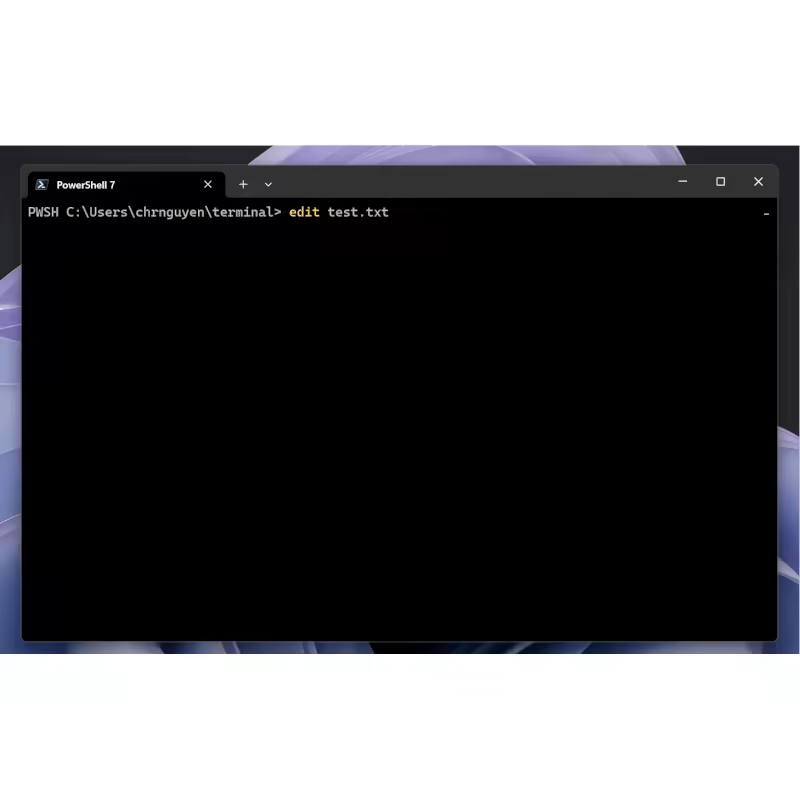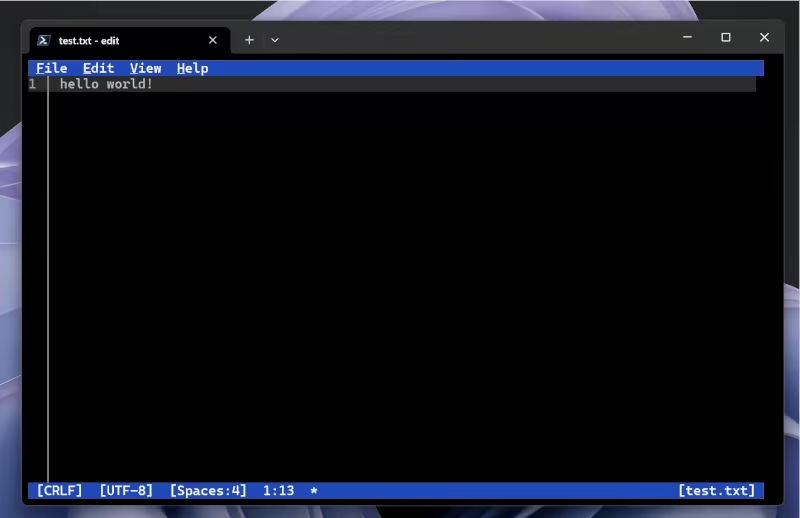
Microsoft is now decades old—but let's not forget how it all began.
Founded in 1975 by Bill Gates and Paul Allen, Microsoft started as a small company with a bold vision: to put a computer on every desk and in every home. Before it grew into a software empire that would define the personal computing era with Windows, Bing, Office, Azure and others, its baby steps include being a version of BASIC for the Altair 8800.
Then, there was MS-DOS, the operating system that quietly powered millions of early PCs, long before Windows was even born.
It wasn’t flashy—just a black screen and a blinking cursor. But MS-DOS successfully laid the foundation for the modern computing experience. And although Windows would eventually take center stage, MS-DOS remained the backbone behind the scenes well into the ‘90s.
In fact, even when Windows is now installed in most PCs around the world, Microsoft still puts a version of DOS into it, in the form of CMD, or Command Prompt.
Now, Microsoft said that is open-sourcing 'Edit,' a clone copy of DOS, surprising many hardcore fans of Microsoft.

MS-DOS, or short for Microsoft Disk Operating System, was born in 1980, when IBM approached Microsoft for an operating system for its upcoming personal computer.
Microsoft didn’t have one at the time, but it boldly made a deal and quickly acquired 86-DOS from Seattle Computer Products. Rebranded as MS-DOS, it became the default OS for IBM PCs, launching Microsoft into the tech stratosphere.
The interface offers nothing much—but it gave users direct control over their machines. With commands like DIR, COPY, and FORMAT, users could literally do anything with their PCs.
And here, Microsoft released Edit as a modern remake of its classic MS-DOS Editor, bringing back a piece of computing history to Windows.
And not only that, because Edit is cross-platformed, meaning that it can also run on other machines, including Linux.
This appeals longtime users who never expected to see Microsoft's text editor to run on their preferred operating system.
"30 years of waiting, and I can use MS Edit on Linux," wrote one Reddit user, capturing the nostalgic feeling of having that age-old interface running on their modern machines.

In a world filled with sleek graphical interfaces, Edit, as well as other command lines text editors like CMD), Windows Terminal, PowerShell, Vim, Sublime Text and others, still hold powerful, practical value.
They're often much faster and more efficient for handling repetitive tasks—like renaming batches of files or diagnosing network issues—compared to navigating through endless windows and buttons. For users who need precise control or want to automate complex processes, the command line offers unparalleled capabilities that most graphical interfaces simply can't match.
Additionally, many system-level operations—such as configuring networks, managing partitions, or debugging—are either easier or only possible through command-line tools.
These tools also essential on low-powered or headless systems like servers, where graphical UIs would be overkill. Developers and system admins frequently rely on terminal-based editors and scripting to work faster, lighter, and more reliably.
Lastly, some legacy systems and enterprise tools still depend on command-line environments, ensuring that CMD and editors continue to be relevant. Far from obsolete, they're the hidden toolkit of those who know how to bend a machine entirely to their will.

Windows's motivation behind building Edit stemmed from a simple need: a default command-line text editor for 64-bit versions of Windows.
While 32-bit Windows included the classic MS-DOS Editor (edit.com), 64-bit systems were left without a built-in CLI editor. This pushed Microsoft towards building a lightweight, user-friendly alternative that could be shipped inbox.
In other words, aside from ease of use, Microsoft's main reason for creating the new version of Edit stems from a peculiar gap in modern Windows.
This Edit app is modeless, powered by Rust, and is only 250kB in size.
